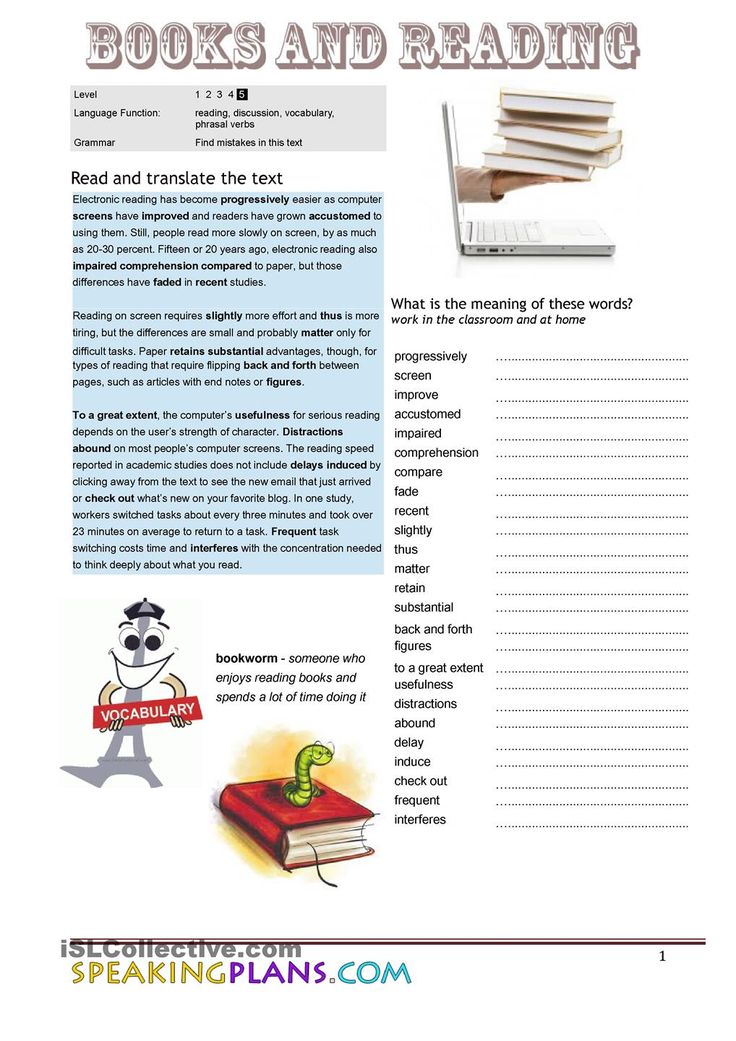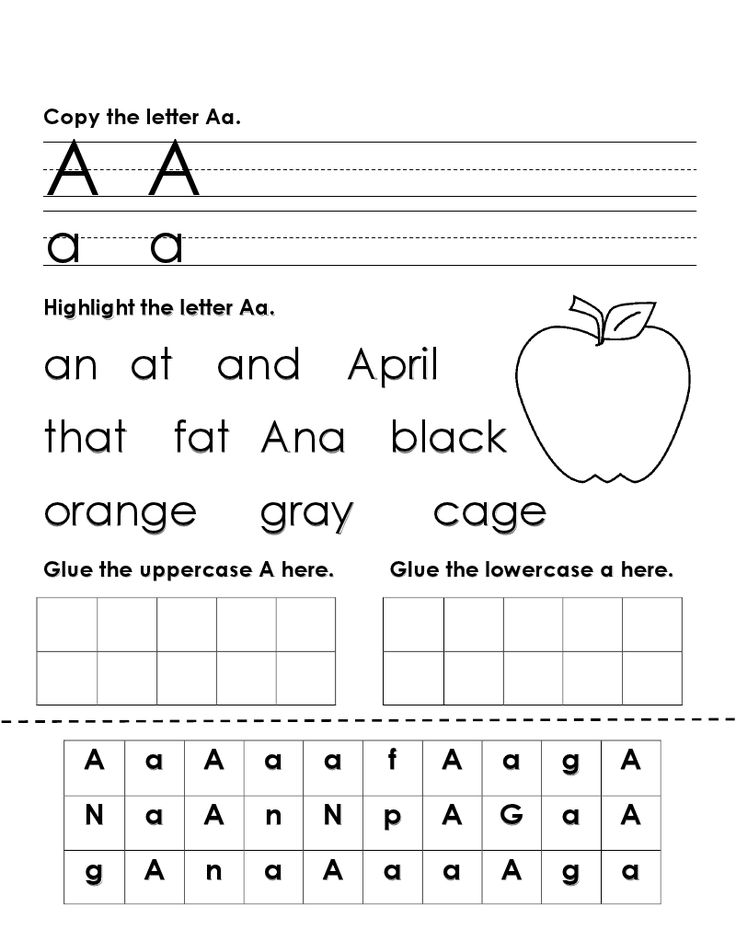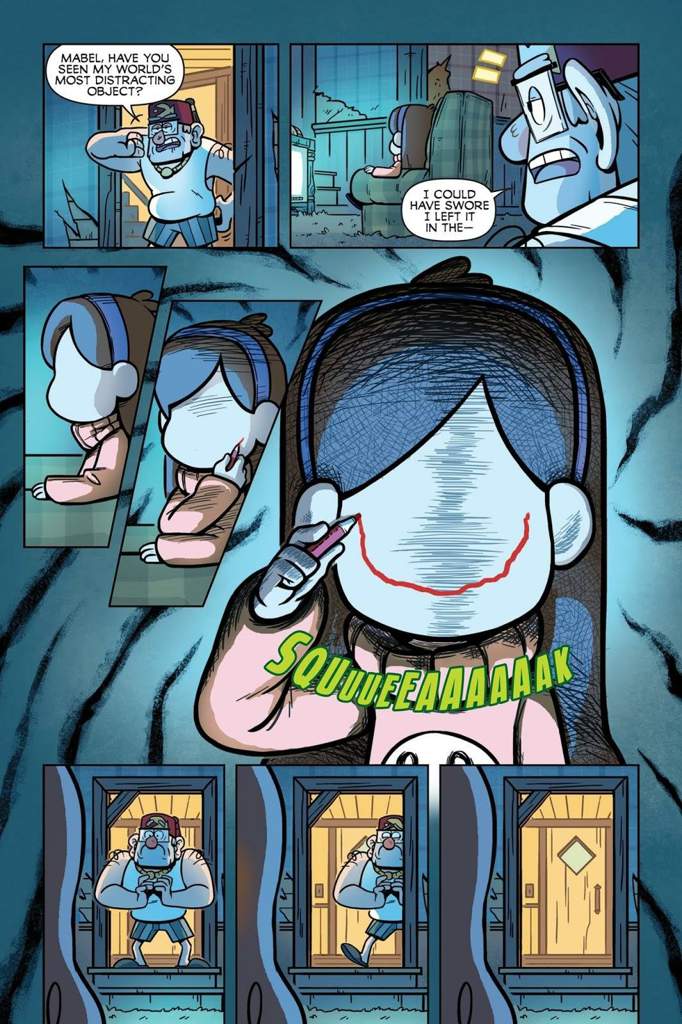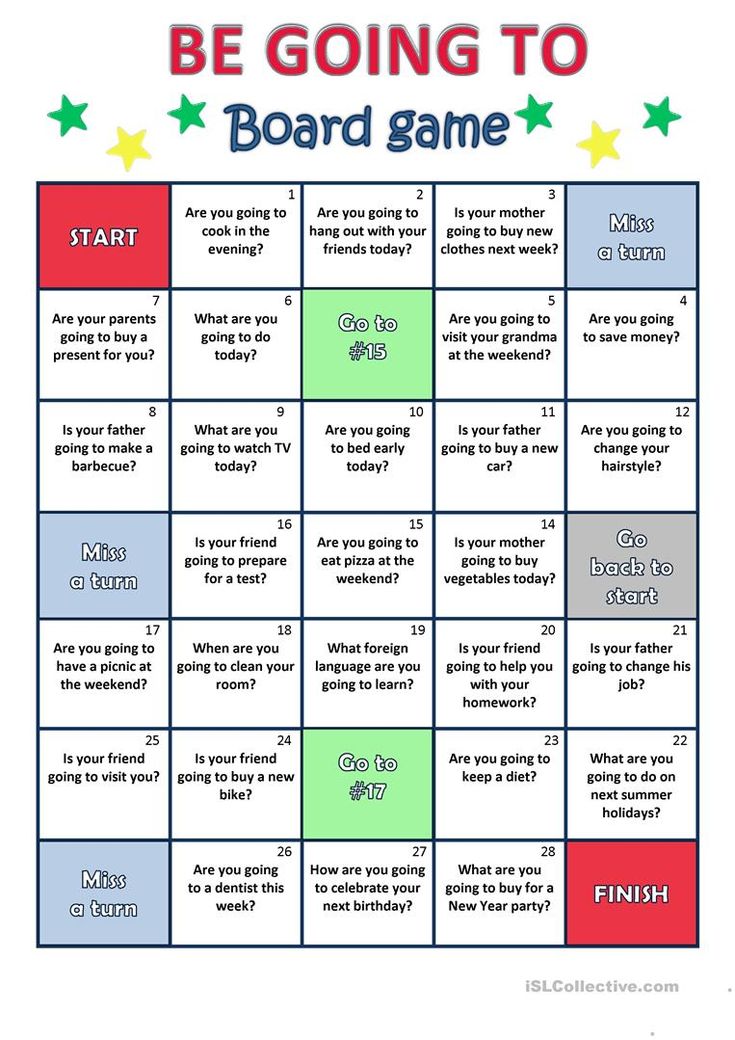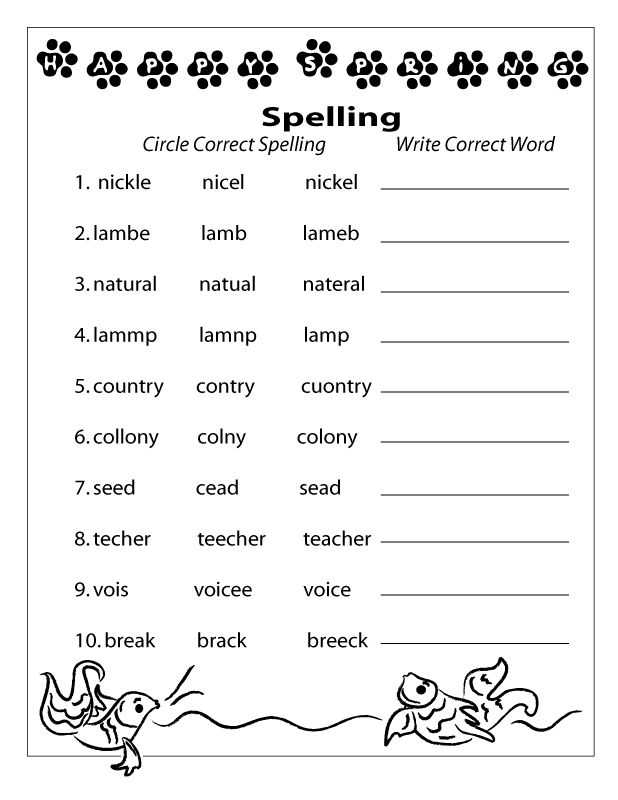How to test reading level at home
How To Determine Your Child’s Reading Level And Choose The Best Books
When you sit down to read a book, you want to enjoy the story in front of you. The same is true for your child. That’s why uncovering your child’s reading level is an important step in fostering their love of words from a young age!
Consider the different factors that allow kids to enjoy the books they read. For example, does it tie into their interests, and is it slated as an appropriate option for their level? By answering these questions, you can make sure they’re reading books that are just right for them!
If your child is in school, you’re probably no stranger to jargon like “reading level.” But what exactly does Lexile Framework, Guided Reading Levels (GRL), or Developmental Reading Assessment (DRA) actually mean?
Additionally, if your child is just starting to read on their own (or already reading independently) and is learning from home, how can you figure out what reading level is right for them? If any of these thoughts have crossed your mind, you’ve come to the right place.
We’re here to answer your questions so you and your child can sit down and enjoy a good book together!
What Is A Reading Level?
A reading level is simply a measure of your child’s ability to read text. It reflects how well your little one can read independently. Importantly, reading levels help you choose books that are a good match for your child while still presenting a challenge.
Keep in mind these levels are meant to be helpful, not stressful. They don’t limit your child, but, rather, help them blossom into a fluent, excited reader.
When your child reads books that are appropriate for their current reading level, it boosts their confidence so they can truly enjoy reading! Also, knowing what level your child is at allows you to work with them to improve their skills.
That being said, it’s important to remember that children are unique and develop differently. Comparing your child to their peers isn’t necessarily the best approach when trying to assess their reading ability.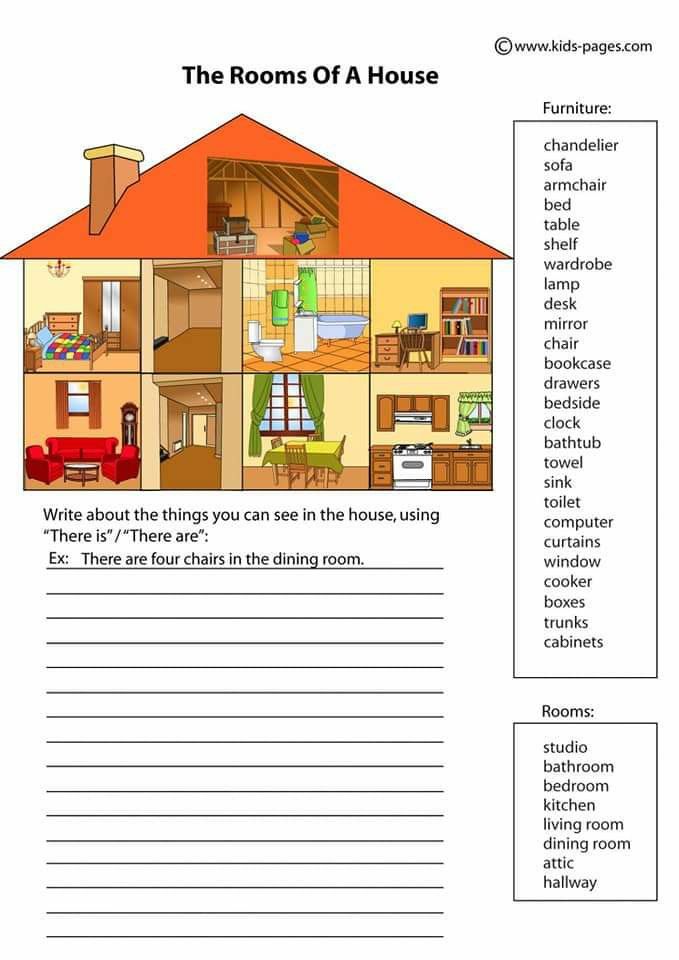
Why Is Determining Reading Level Important?
It’s helpful to determine your child’s reading level so you can find books that are appropriate for them to read on their own: not too difficult but challenging enough to encourage growth.
Reading level classification is a convenient tool you can use when searching online or at the library. And when you provide books that are on your child’s level, you create excitement and build their confidence, which can lead to a lifetime love of learning and reading!
If you’re looking for ways to help your little one read at the best level for them, Our new app HOMER Learn & Grow has a Stories section that gives age-appropriate story recommendations!
This is a great resource that takes your child’s specific interests and recommends stories just for them. What’s more, your child can choose to read along or read on their own.
How Is Your Child’s Reading Level Measured?
Your child’s reading level is usually measured at their school in first or second grade, and we’ll show you how that’s done.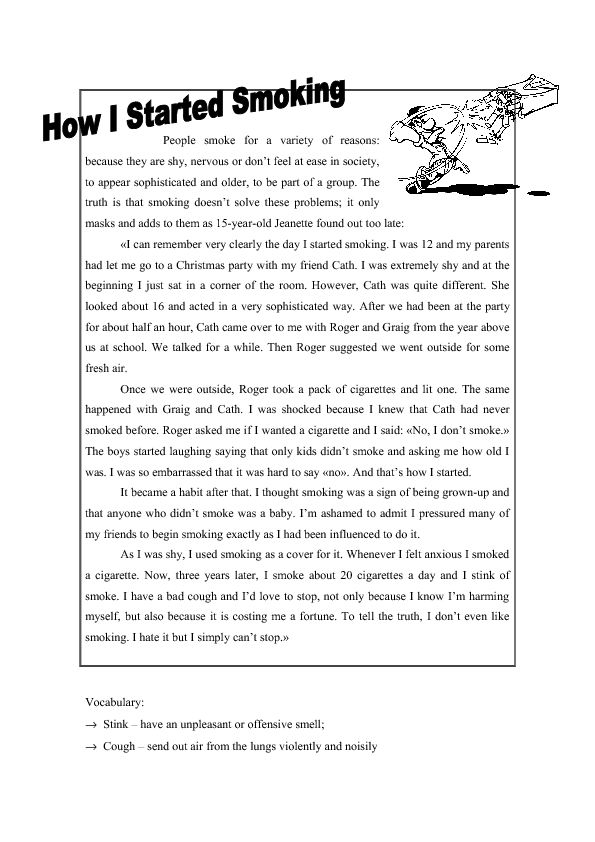 Here’s a tip: since your child’s teacher knows their reading level, consider asking the teacher (or the school librarian) for books your child can read at home.
Here’s a tip: since your child’s teacher knows their reading level, consider asking the teacher (or the school librarian) for books your child can read at home.
Don’t worry if your child isn’t in school yet or if they’re homeschooled. We’ll show you how you can measure their reading level at home, too!
Before we dive in, it’s important to note that we think of books for kids at three levels: independent reading, instructional reading, and frustrating to read.
As the names indicate, independent reading books are ones a child can read with ease and without support from an adult.
Instructional ones are the books just above independent that teachers might use to stretch a child’s reading as they offer support while the child makes that next step. Finally, frustrating books are too hard for a child to read even with adult guidance.
Now that you have an idea of how to think of the different books your child might encounter, let’s talk about the tools used for determining or describing reading levels.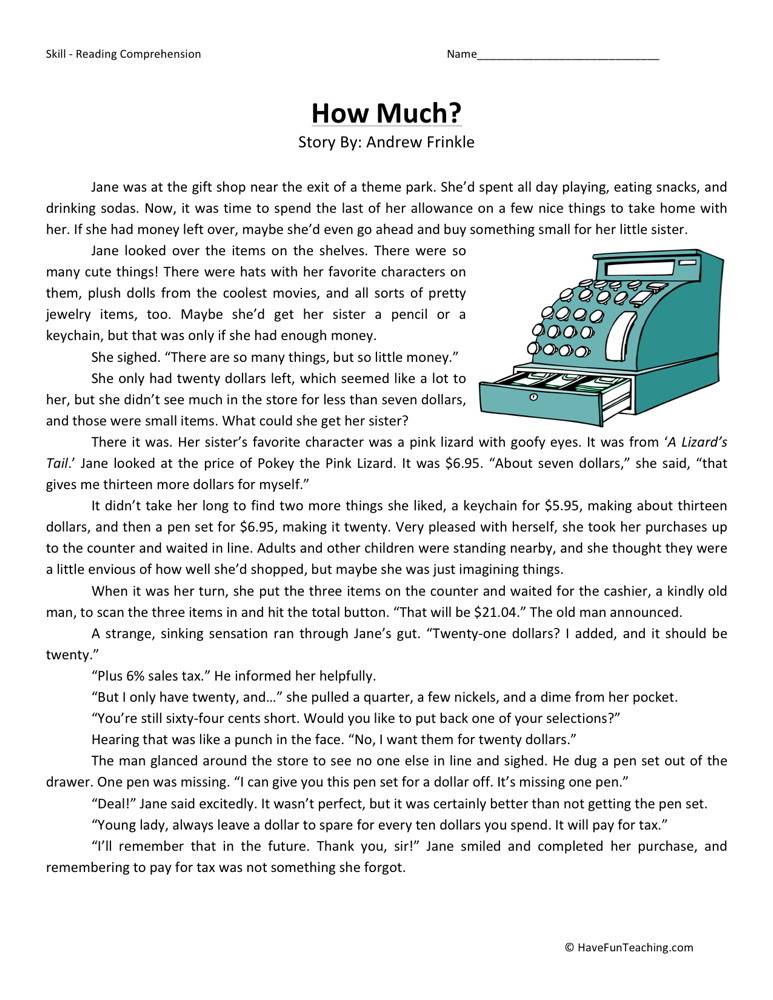
Lexile Framework For Reading
Lexile Framework For Reading is an educational tool that ranks books by order of their difficulty using a scale called a Lexile. Usually, your child’s teacher will determine their Lexile reading level and then choose books that have a matching score.
The Lexile score, or measure, describes your child’s reading ability and matches them with books and other reading materials. This measure ranges anywhere from 0L to 2000L.
Kids are encouraged to read within their Lexile “range” — 50L above to 100L below their actual level. For instance, if your little one is reading with a Lexile measure of 500L, they would read books ranging anywhere from 400L to 550L.
Using standardized assessments, schools will often measure a child’s reading level several times a year to help them select books that are appropriate for independent reading.
Guided Reading Levels (GRL)
GRL is a guided reading system used in some schools.
To determine reading levels using GRL, children sit one-on-one with their teacher and read from a book that’s considered standard for their grade level — a “benchmark” book.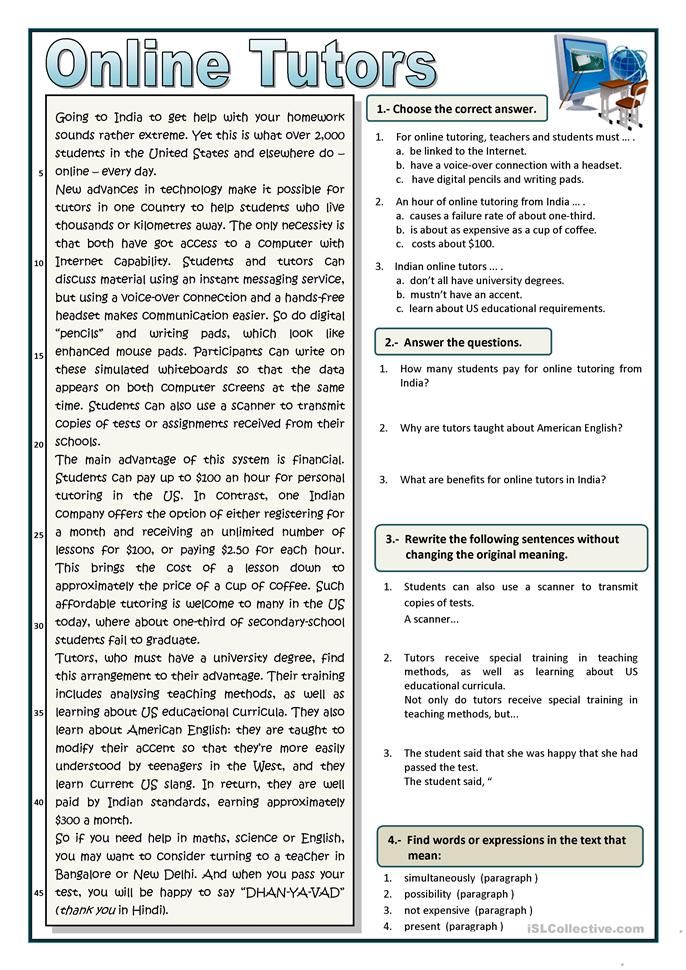 GRL books range from A to Z with A being the easiest.
GRL books range from A to Z with A being the easiest.
While reading these books, the teacher will take notes on any missed words and ask comprehension questions, such as, “When did the story take place?” or, “What was the problem in the story?”.
Through guided instruction, the teacher will gradually move children into more difficult books.
Developmental Reading Assessment (DRA)
DRA is a standardized reading test given by teachers or reading specialists. As with GRL, children sit individually with the test administrator and read a book.
Several factors are taken into consideration to determine reading level, including:
- Reading comprehension
- Phonemic awareness
- Fluency
DRA books are labeled with an A for the easiest books and then move into a numerical grading system. The levels range from 1 to 80 with 1-3 representing a kindergarten reading level and 80 representing an eighth-grade reading level.
Once a child has a DRA or a GRL level, a teacher or parent can search for the reading level of any particular book and can usually discover either the Lexile, DRA, or GRL of that particular text.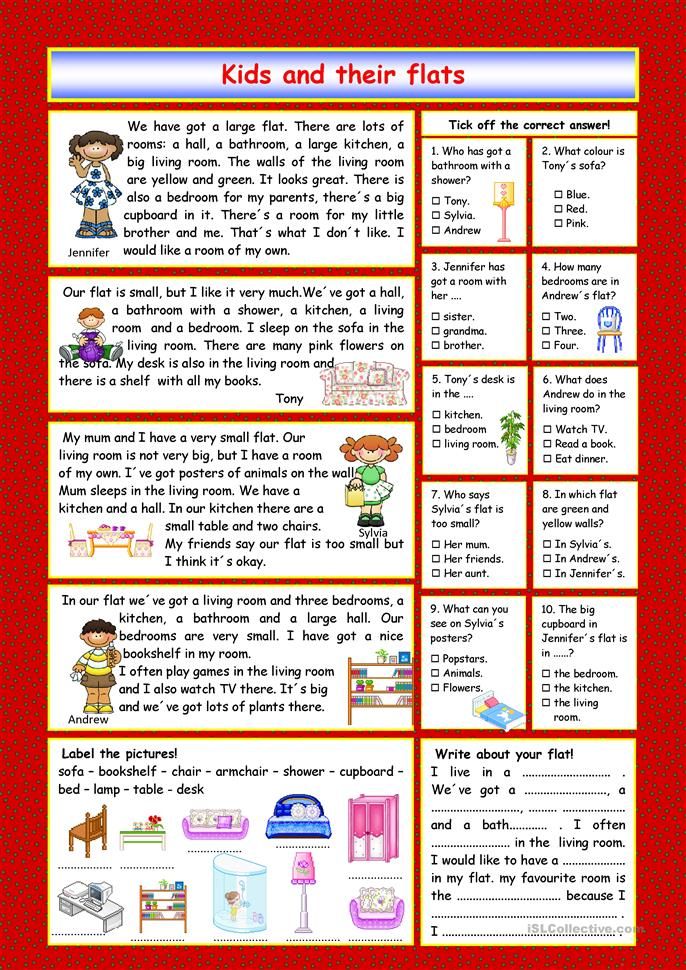 Here’s a chart for your reference.
Here’s a chart for your reference.
At-Home Reading Levels
If you’re looking for a way to find out your child’s reading level without using any of the methods listed above, you might try the five-finger rule.
For the five-finger rule, choose a book and flip to any page. If your child seems to have trouble reading more than five words on the page, it’s a good indicator that the book is too advanced for them.
To be sure, though, you can have your child try another page, especially if they seem eager to read a particular book.
This can be a helpful strategy, but it’s OK to let your child try a book and see how the reading goes. If a book is too hard, most kids will figure that out — and there is nothing wrong with reading books that are too easy!
Sometimes a child may be interested in a book that’s a little too hard for them. If this happens, we encourage you to read aloud to your child. You can also read together by alternating pages, paragraphs, or sentences.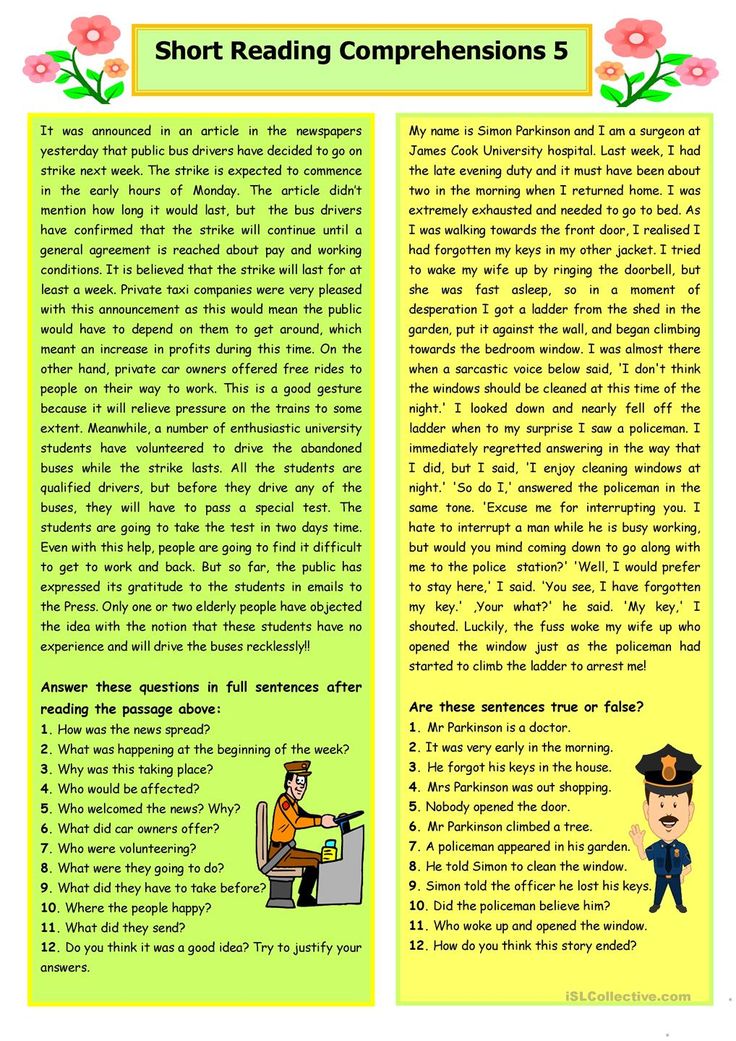
It’s important not to completely avoid books that may be a little above your child’s reading level.
Even if your child struggles a bit to read them without assistance, these books can still be beneficial in helping build their vocabulary, improve comprehension, and increase general knowledge — not to mention, encourage their love of reading!
When your emerging reader seems overwhelmed by one book, you can always give the five-finger rule a try with other books until you find the right match. And if your child is particularly interested in a topic, you can always read the book to them and stop on words you know they can read.
Also remember that when a child is really enjoying a book and highly motivated to read it, they will read at a higher level than if the material is not as interesting to them.
Tip: Most libraries and bookstores have books arranged by reading level so you can easily choose the best one for your emerging reader!
Feel free to ask librarians and knowledgeable staff at bookstores to offer suggestions. You could even say something like, “My child happily read a Clifford book; can you suggest others at the same level?”
You could even say something like, “My child happily read a Clifford book; can you suggest others at the same level?”
How To Help Your Child Become A Stronger Reader
As we mentioned earlier, you can easily determine your child’s reading level at home so that you can help them choose books that are just right! We suggest incorporating some of the tips below to help your child become a stronger reader.
Start With Clues
- Is your child using “sounding out” techniques to figure out unknown words?
- When your child reads, are they getting tripped up by sight words — common words that are hard to sound out?
- Is your child using pictures to help them understand what is written on the page?
- Is your child using context clues to figure out what word makes sense to come next as they read sentences?
Check Vocabulary
- Play games with your child to see what words they know. For example, say a sentence and point out one word in the sentence.
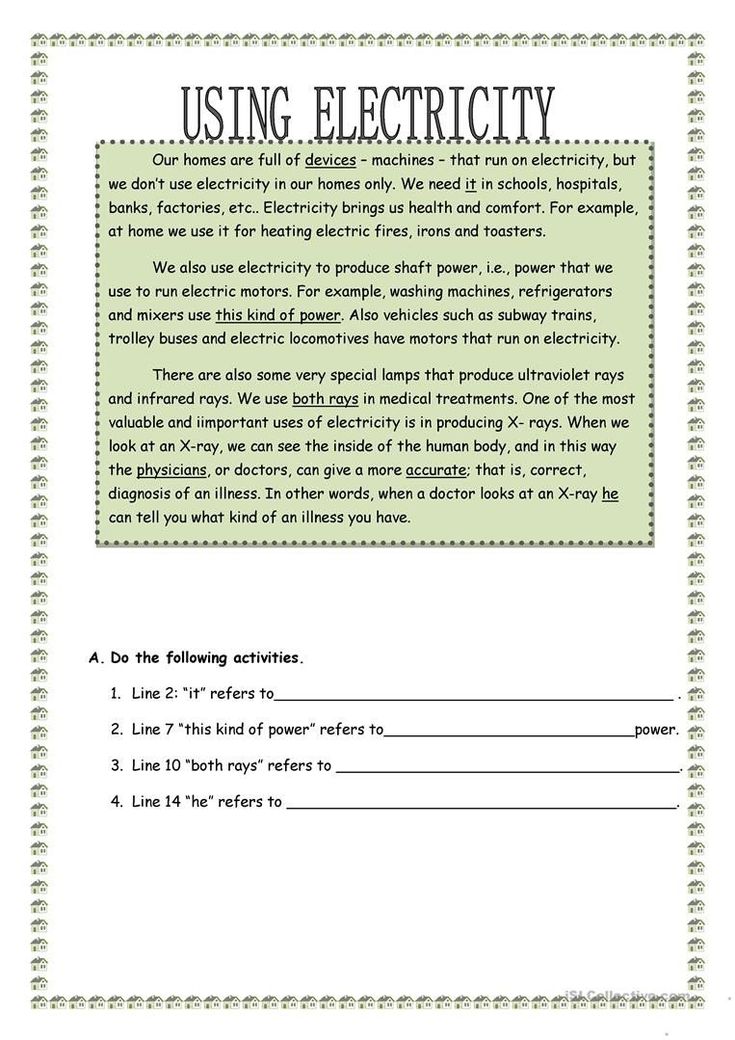 Then ask them if they can come up with a different word (synonym).
Then ask them if they can come up with a different word (synonym). - Play synonym games to see what words your child knows. For example, challenge yourselves to think of 10 or more ways to describe speaking (shout, whisper, mumble).
While you’re talking with your child, describe something specific from your day. Make sure to use interesting adjectives, and don’t hold back from using sophisticated vocabulary when talking with your child.
You can help your child’s vocabulary grow through day-to-day conversations and activities!
Ask Comprehension Questions
Understanding what they read is an important part of your child’s reading journey.
- To check for reading comprehension, we suggest pausing every other page to talk about what you’ve just read. Make this a natural reaction to the story, like you’re thinking aloud about the story or characters, so that it doesn’t feel like a test.
- Consider encouraging your child to act out and retell the story (for younger children).

- Try discussing themes/lessons with your child (for older children). Remember: this isn’t a test, but a conversation between book lovers!
Talk To Your Child
When most people implement strategies to help their children improve their reading skills, they often forget about the importance of verbal communication. It’s essential to talk to your child frequently in short and simple sentences.
This includes singing songs, telling them wonderful stories, reciting fun nursery rhymes, and describing the world around them. All of this exposes children to lots of different words. It also helps them learn that language is a powerful tool for communication.
Discover Your Child’s Favorite Books
- Children often choose books that are a little below their actual reading level. At home, this is a good thing. It keeps reading fun and exciting!
- We recommend choosing books that interest your child — with a certain character or activity they like — so they’re curious and excited about reading.
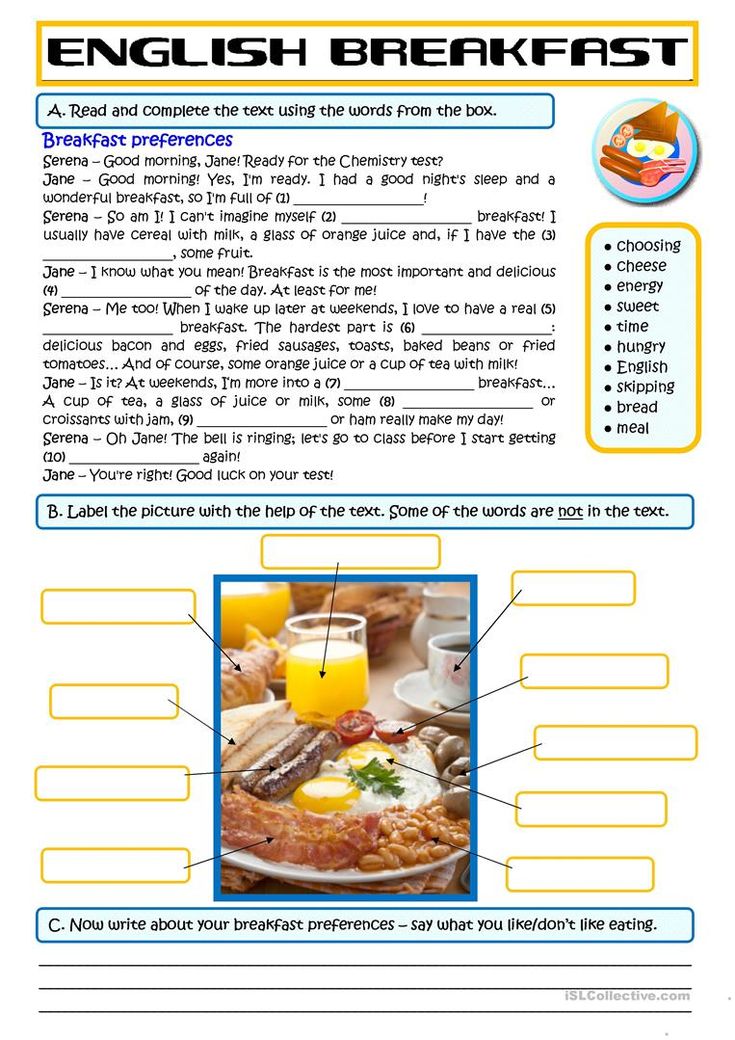
Reading books your child enjoys together can encourage their love of reading. And letting them read those same books to you can boost their confidence over time.
Together, these two activities increase your child’s fluency and reading enjoyment!
Create A Reading Corner
Establishing a reading corner in your house can benefit your child. The setup doesn’t need to be elaborate. This can be a simple, quiet, private area where your child can confidently read independently or with you.
It’s also great for the spot to be well-lit and filled with lots of books your child enjoys reading.
Is Reading The Same Book Over And Over OK?
Just like you might pick up an old favorite book to read, your child may do the same, and that’s OK! At least you know they’re enjoying a good book and the process of reading!
Rereading books can have many benefits for a child, including:
It allows children to get more from the text. Have you ever developed a deeper understanding of a story after rereading it? That’s because the more you engage with a story, the more you can take away from it.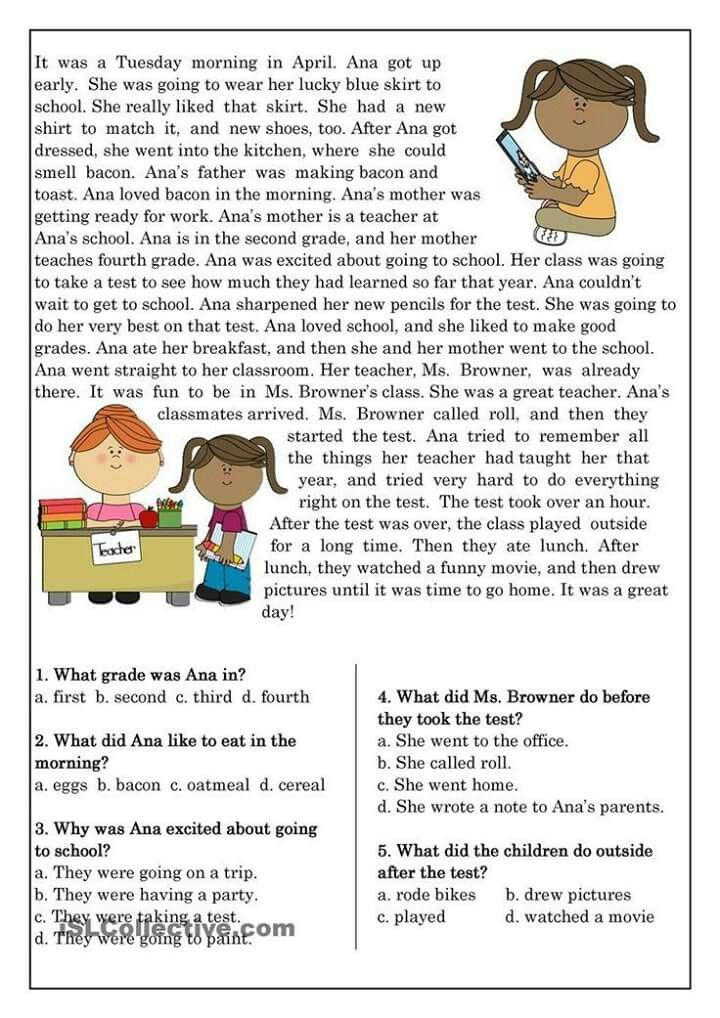
You can pick up on new information, establish connections between yourself and some of the characters, and even improve your understanding of the overall story.
Similarly, allowing your child to read their favorite books for the second, third, fourth (or more) time will enable them to get more from the story.
It also allows for bonding. Did you know that rereading books can help bring your family closer together?
Many of us remember a couple of books that our family read together regularly. This can be a holiday book or a favorite story. Rereading is a great way to get the whole family involved, as everyone can take turns reading and connecting on the same story.
What’s more, reading familiar books can actually help develop a young reader’s fluency. It allows them to learn the words and helps them become familiar with narrative structure or storylines (i.e. beginning, middle, and end), which builds reading comprehension later on.
So feel free to let your child choose the same book over and over!
FAQs About Reading Levels
What Reading Level Should My Child Be In Each Grade?
It’s challenging to answer this question because each child is different and will naturally develop at their own pace.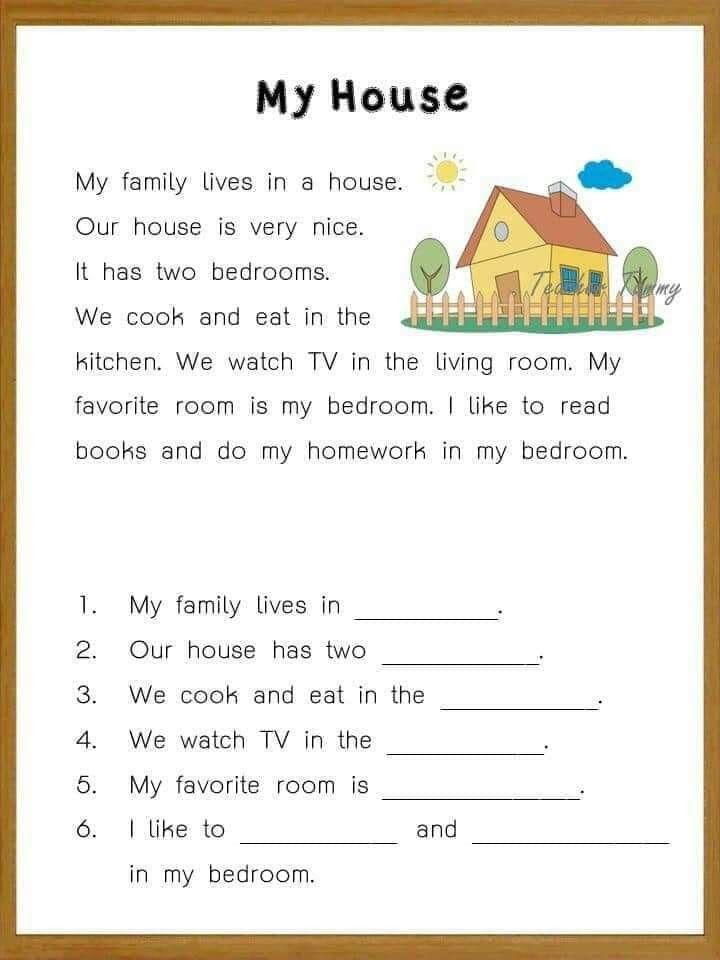 For example, just because your child’s friend has started reading fluently doesn’t mean your child will be able to do that yet.
For example, just because your child’s friend has started reading fluently doesn’t mean your child will be able to do that yet.
While no parent wants their own child to be a little behind compared to their peers, putting too much pressure on them to “catch up” might actually have an adverse effect. In fact, they might feel overwhelmed by the pressure and develop a negative attitude toward reading.
It’s also important to note that there’s no direct link between a certain Lexile measure and a specific grade level. When using any of the reading level measures we mentioned, remember that they are an estimate of a child’s performance and shouldn’t be interpreted literally.
Also, if you’re really concerned about your young learner’s development, you can always address those concerns with their teacher or another professional. They can offer tips and advice on how to best work with your child.
Finally, remember to be patient and positive no matter what. With lots of time and effort, your child will develop a lifetime love of reading!
Who Can Help Me Choose Books That Match My Child’s Reading Level?
The best place to start is to consult your child’s teacher. They will have the expertise to guide you in buying the right books for your child.
They will have the expertise to guide you in buying the right books for your child.
It’s also possible for you to look up most books online and find their reading levels. Furthermore, for beginner readers, there are publishers who label books in stages with age and/or grade suggestions attached.
If you’re homeschooling, you can also reach out to your local librarian or bookstores. As people who spend each day surrounded by books, they often have knowledge on this topic and may be able to recommend a few relevant books in your child’s reading level.
What If My Child Is Reading At A Lower Level?
The last thing a parent wants to hear is that their child’s reading level isn’t on par with their peers. But what can you do if, from the assessment used at your child’s school, you find out that your young learner is reading below the average grade level?
Firstly, it’s important not to panic. As mentioned earlier, kids develop reading skills at different stages of their development.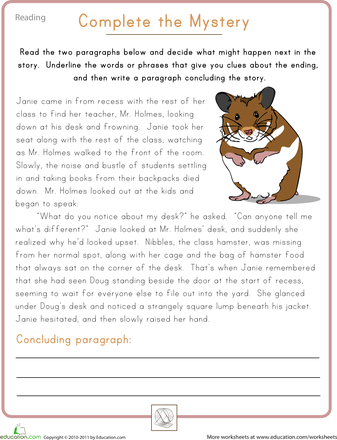 Some children might be early readers, while others may take time to get there.
Some children might be early readers, while others may take time to get there.
The most effective way to help your child improve their reading level is by continuing to encourage reading at home. While reading, remember to discuss the content to ensure comprehension.
Reading For Fun
From assessments to the five-finger rule, determining reading levels varies across the board. No matter which method you choose, remember these measurements are meant to be helpful and encouraging, not stressful and limiting.
Keep this in mind when assessing your young learner. You don’t want your child to sense any stress about their abilities, as this might overwhelm them and have an adverse effect on how they view reading.
While reading is an essential early learning (and lifelong) skill, you want your child to LOVE reading and not only view it as a test of their intelligence.
At the end of the day, the way reading makes your child feel is more important than their reading level. Each child learns in a way that’s special and unique to them.
Each child learns in a way that’s special and unique to them.
The HOMER Road To Reading
The road to discovering how to read can be a fun ride, but sometimes it’s bumpy. This is why we’re more than a learning program. We’re your learning partner.
If you’re looking for a resource to help develop your child’s love of reading and learning, consider taking a look at the HOMER Learn & Grow app. It’s full of stories curated based on your child’s interests!
When your child develops a love for reading, they’ll move up to the next level before you can say “Developmental Reading Assessment”!
Author
Reading Level Assessment – Assess your child's reading now!
Thank you for signing up to Red Cat Reading.
Follow our three easy steps to take the reading level test and get your childs reading level on track for the new year.
Want to know how to assess your child’s reading fluency quickly and easily? Just take our 5 minute free reading test below!
Our reading assessment tools and books are developed by experts in language learning, so you can be confident your child will learn to read fast while having fun!
Has your child already tried using a different reading level test? There’s no harm in testing their reading abilities again!
Step 1.
 How Old is Your Child?
How Old is Your Child?Step 2. Quick Reading Assessment
Use our One-Page Reading Level Assessment to find your child’s level.
Then choose books from your child’s level and start reading!
Can your 3 year old read this sentence?
The cat sat.
Yes   –> Then Start Reading on the 3 Year Old Learning Path
No   –> Then Subscribe to Red Cat Reading and we'll help your child catch up!
Can your 4 year old read this sentence?
I pack my bag.
Yes   –> Then Start Reading on the 4 Year Old Learning Path
No   –> Then Subscribe to Red Cat Reading and we'll help your child catch up!
Can your 5 year old read this sentence?
Birds fly in the sky.
Yes   –> Then Start Reading on the 5 Year Old Learning Path
No   –> Then Subscribe to Red Cat Reading and we'll help your child catch up!
Can your 6 year old read this sentence?
Did you ever see bees crawl inside flowers?
Yes   –> Then Start Reading on the 6 Year Old Learning Path
No   –> Then Subscribe to Red Cat Reading and we'll help your child catch up!
Can your 7 year old read this sentence?
Birds can be many different sizes.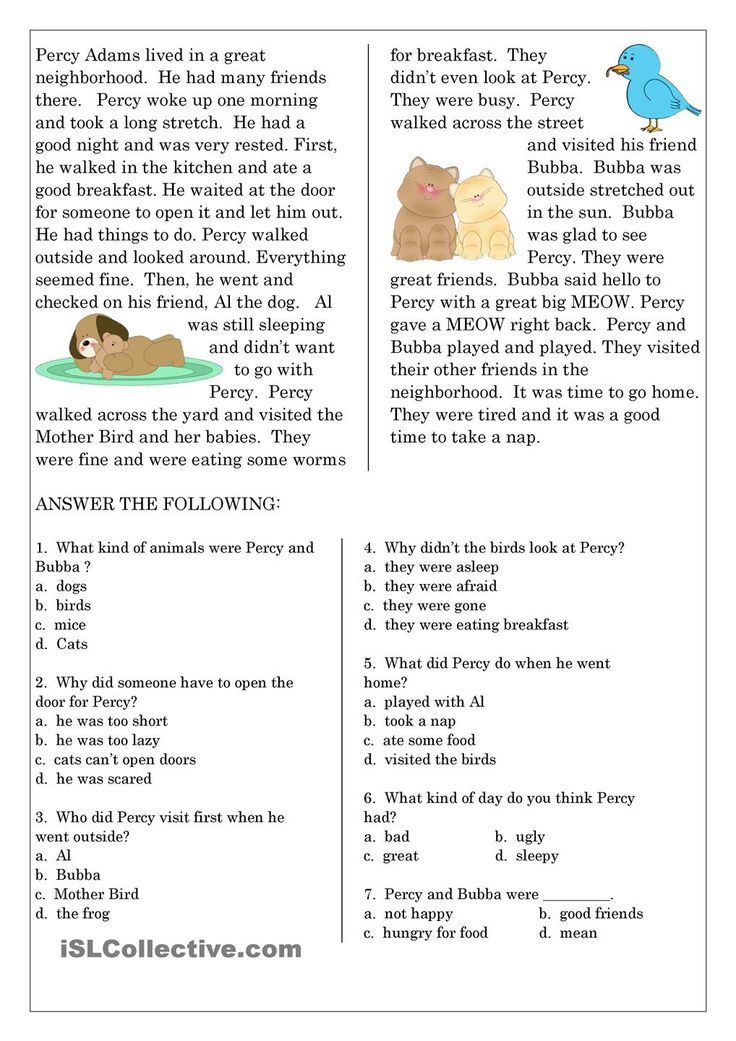 The largest bird of all is the ostrich.
The largest bird of all is the ostrich.
Yes   –> Then Start Reading on the 7 Year Old Learning Path
No   –> Then Subscribe to Red Cat Reading and we'll help your child catch up!
Step 3. Start Reading!
1. Watch the video
2. Watch again & read along with the e-book
3. Complete the quiz
Age 3-5
- Kindergarten Reading Level Books
Age 5-6
- First Grade Reading Level Books
Age 6-7
- Second Grade Reading Level Books
Need help?
Just email us and we’ll assess your child’s reading for free!
info@redcatreading.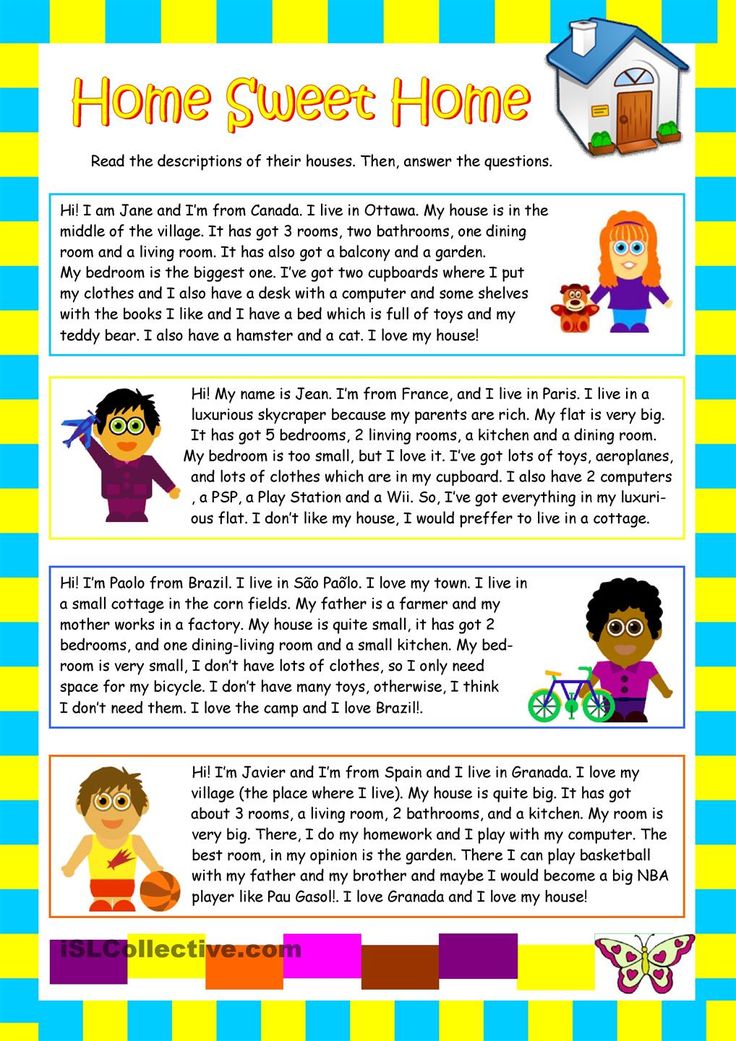 com
com
How to Use RedCatReading.com
Want your child to improve their reading comprehension, pronunciation and vocabulary? You’re all set with Red Cat Reading!
Our phonics, storybooks and leveled books will take your child from early reader to confident third-grader!
Press play on our video below, and earn how to use our book levels, lessons and quizzes to help your child learn to read the fast and fun way!
After your child has finished our guided reading level books, you can use each lesson’s quiz to test their reading comprehension and see if they should level up!
Reading Level Chart
Want to know more about our different guided reading levels? Check out our Reading Level Chart below!
Our books and videos are perfect for ages 3-8.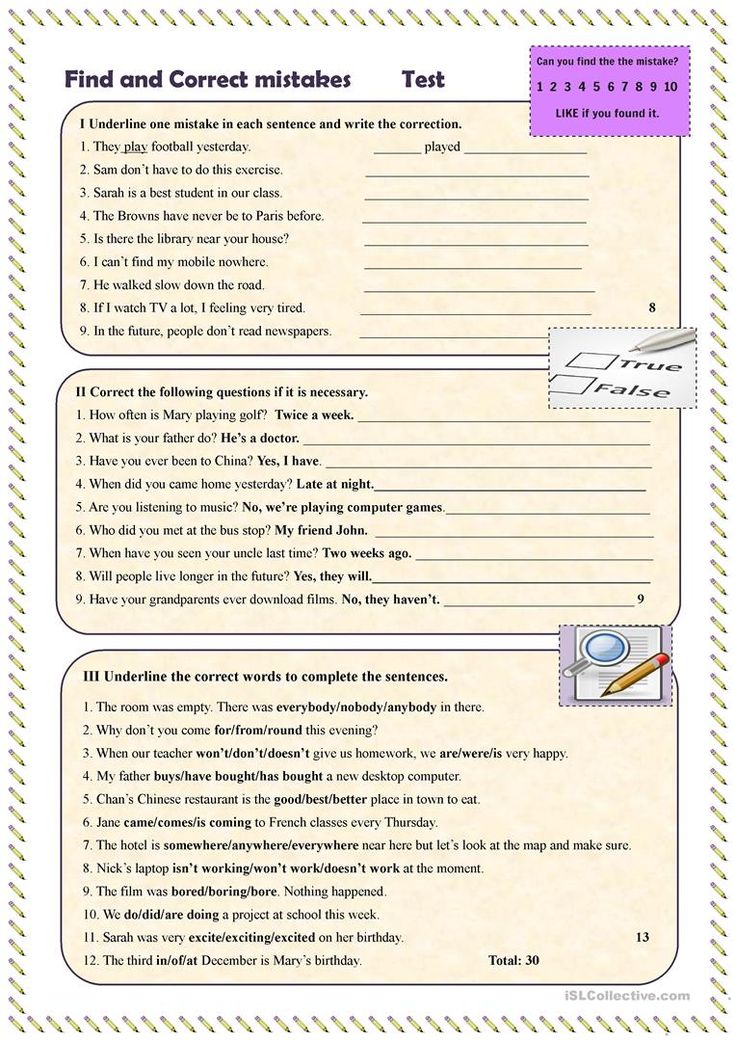 Children will learn to read and get better at reading with our exclusive learning materials.
Children will learn to read and get better at reading with our exclusive learning materials.
Use this chart as a reading level finder. You’ll find just the right books and videos to improve your child’s reading skills.
Read speed test. Online simulator for developing reading speed and awareness skills in 2021!
Reading speed is an important indicator not only for schoolchildren, who regularly check it. It is very important for an adult in the modern world to be able to navigate in huge flows of information. A reading speed test will help you determine your current level and see if you need to work on improving this skill or if you are reading fluently enough.
Content
1. How to check reading speed?
2. How can I check my reading speed myself?
3. How to test a child's reading speed?
4. What reading speed is considered normal for adults and children?
5. How to choose the right text to test reading speed?
How to choose the right text to test reading speed?
6. The book "Everything you wanted to know about speed reading, but were afraid to ask"
How to check reading speed? nine0029
The easiest way is to take a stopwatch (you can use the application on your phone), a text to check your reading speed and read it at a normal pace for one minute. It is important that the text is non-technical, does not contain highly specialized terms and concepts, and is not familiar to the reader. The text should not be too primitive. The testee must see the text for the first time so that the results are not artificially inflated.
But what do you care about speed, if you don't understand with what awareness you absorb the text? :) nine0003
A much better way to find out your reading speed is to take a free online test. To do this, sit back, enter your name in the form above, press the button and you will immediately see the text that you need to read, slowly, trying to understand everything that is written.
When the entire text is read - click on the button at the very bottom. The program will automatically determine the reading speed and prompt you to answer a few questions to understand the degree of assimilation of the material. As a result of testing, you will receive not only the result of your reading speed and awareness, but also recommendations for improving your reading technique in the format of the book "Everything you wanted to know about speed reading, but were afraid to ask." Enter a name. Click the button and find out your real reading speed. Have a good day. nine0003
How can I test my reading speed myself?
We have prepared for you a tool with which you can independently check the speed of reading. Our tool include a certain amount of text that you need to read as quickly as possible. You will then have the opportunity to answer a series of questions about the text, allowing the program to determine your level of understanding. Based on the data received, a result and a certificate are issued. This certificate can be shared with your friends on social networks and challenge them to a battle to test the speed and awareness of reading :). nine0003
This certificate can be shared with your friends on social networks and challenge them to a battle to test the speed and awareness of reading :). nine0003
If you want to do it yourself, you can do it according to the following scenario. A text of medium complexity is taken, located on one sheet. You will need an assistant who will keep track of the time and will be able to test the level of your understanding of the information. Check algorithm:
Simultaneously with the start command and the start of the stopwatch, you begin to silently read the text.
When the text is finished, you say stop - time stops.
Then you need to answer a few questions regarding the content (reading speed implies a full reading comprehension). nine0003
The last step is to count the words in the text and determine the average number of words per minute (words in the text can be counted before reading).
This is the certificate you can get based on the results of passing the test
How to check the reading speed of a child?
A child's reading speed can be tested in a similar way. The child should read aloud, at least in elementary school. Then you can switch to the usual way of checking for adults. nine0003
The child should read aloud, at least in elementary school. Then you can switch to the usual way of checking for adults. nine0003
Schools often test reading skills by counting the number of words read per minute. This gives a small error, since words come in different sizes, but a similar verification method can also be used.
What reading speed is considered normal for adults and children?
The average reading speed for an adult is 200-230 words per minute. Below average, but an acceptable rate is 150-200 words per minute. Adults who read more than 230 words per minute are considered fast readers. For the speed reading technique, the optimal speed is 350-400 words per minute. nine0003
In children, the indicators are dynamic and change depending on age. Approximate norms used in elementary school:
20-30 words per minute for first grade;
45-60 words per minute for second grade;
70-85 words per minute for third grade;
90-125 words per minute for fourth grade.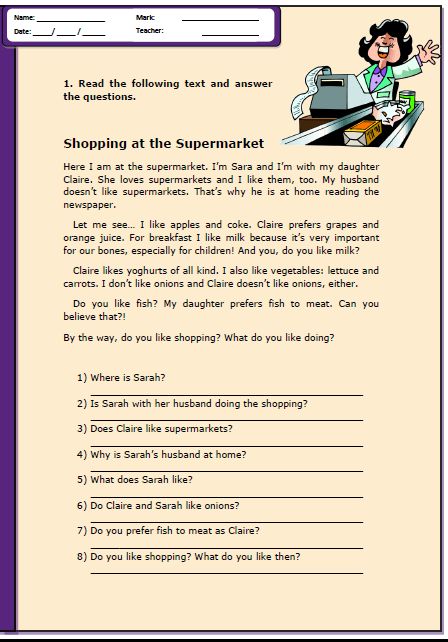
How to choose the right text to test reading speed?
The criteria for selecting text to test reading speed are identical for adults and children. The only difference is the volume and complexity of the information. The text must match the following parameters: nine0003
medium difficulty appropriate for age;
the absence of specific unfamiliar words or their minimum number;
no dialogs;
location on one page;
large, comfortable to read font;
lack of pictures and other distracting elements.
In our tool for testing reading speed and comprehension, we tried to take into account all these factors so that the resulting tool would be convenient for both adults and children. At the same time, he gave a fairly clear answer to the question about the real reading speed. nine0003
It should be remembered that reading speed is a variable parameter, which decreases if a person rarely sits down at a book, and increases with constant reading.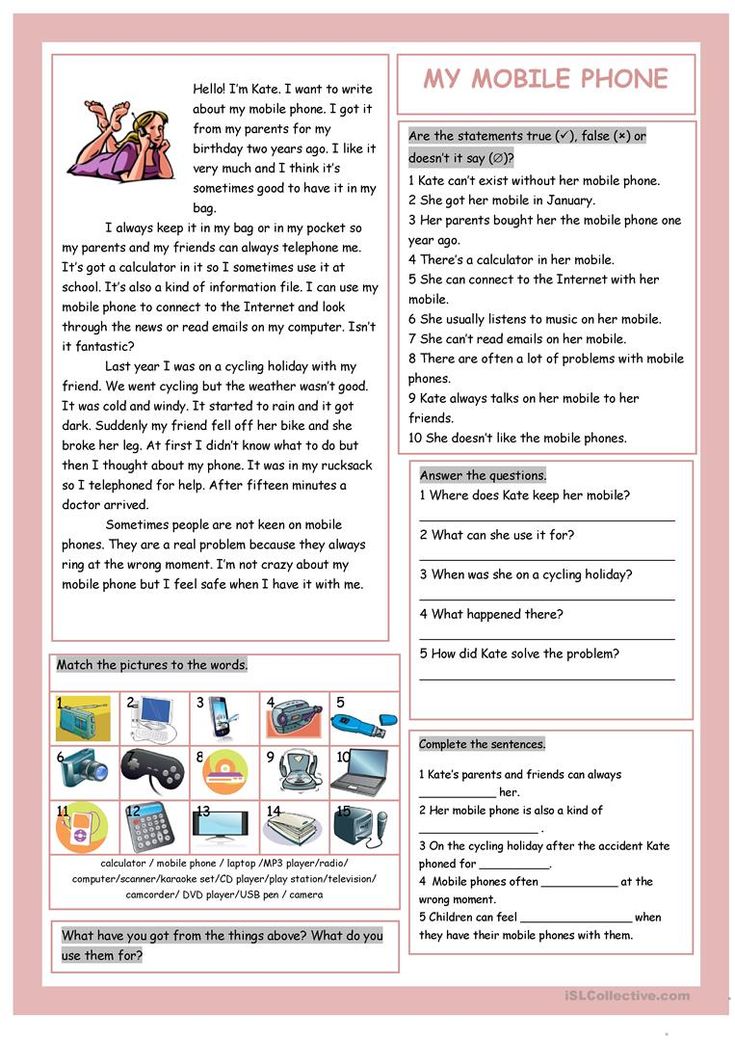 There are many special techniques aimed at significantly increasing the speed of reading text information.
There are many special techniques aimed at significantly increasing the speed of reading text information.
Everything you wanted to know about speed reading but were afraid to ask test. So don't waste a second,
go back to the very top of the page and go take the test!Reading speed test online is simple, convenient and fast
We have already written so much here about how to correctly measure your reading speed, achieve awareness and interpret the results, that every second of delay before you pass the online reading speed test and receive a personal certificate is just like death. Return to the very beginning of the page, enter your name in the field under the video and go to the enchanting world of unfamiliar texts and tricky questions :). nine0003
📖 Reading speed Q&A section
📕 What formula is used to calculate reading speed?
If it’s very short, then the formula for calculating the reading speed is as follows: V = (Q / T) x K. This formula allows you to get a real figure for reading speed with a correlation to the coefficient of meaningfulness. You can read more about the formula here in this article .
This formula allows you to get a real figure for reading speed with a correlation to the coefficient of meaningfulness. You can read more about the formula here in this article .
📗 What books do you recommend reading to develop speed reading? nine0006
We have compiled a list of the most useful books for the development of speed reading and posted it in a separate post on the blog. The list is constantly updated and gives an idea of the main books with which you can develop speed reading skills.
📘 What if I want to increase my reading speed?
You can start by learning the theory, or you can download our workbooks , which we have created especially for those who who wants to start learning speed reading. There are two of them: one notebook for adults, the second for children. Contains some theory and practical exercises designed for several weeks of regular classes. nine0003
nine0003
📙 How to check a child's reading speed?
The reading speed test, which is located on our website, is suitable for both adults, as well as for children. We specifically tried to choose mostly literary texts that will be easy to read. to understand the child. Just go to the reading speed test page from the link above, enter child's name and start reading. Then the program will do everything for you.
📔 I want to check my reading speed online for free. How to do it? nine0006
Easier nowhere. The tool, which is located at https://bukva.info/rapid/ , was created just for this. You just enter your name, read the text and answer the questions. The program monitors the speed of your reading and its meaningfulness. After answering the questions, you will receive a certificate with your result. The certificate can be shared with friends in social networks :).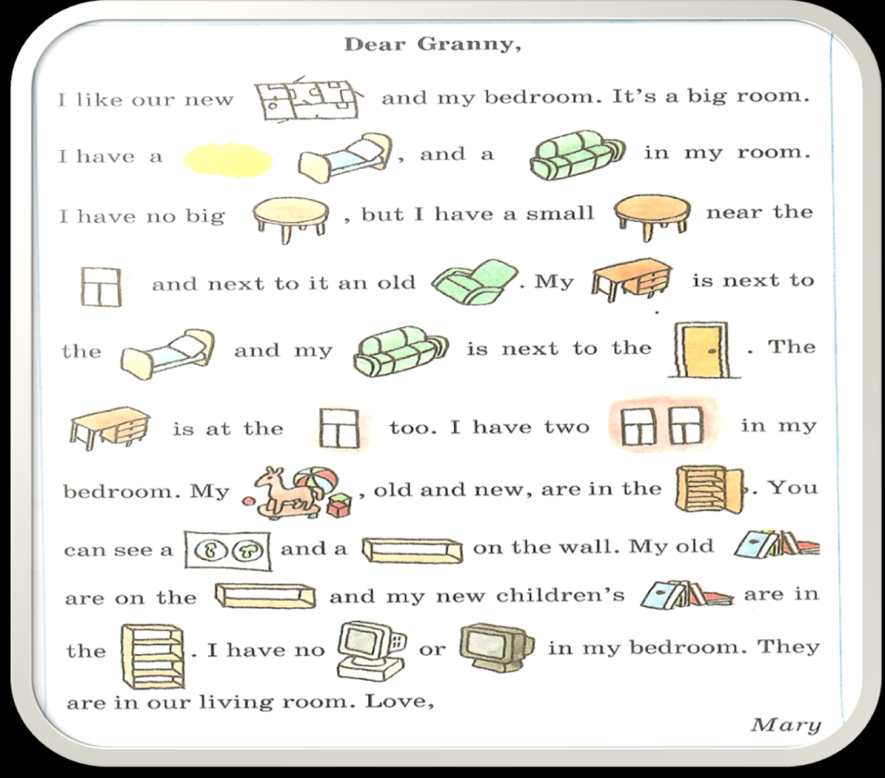
📓 What is the "Read Fast" project?
Read Fast is a project dedicated to the problem of fast and conscious reading. We believe that you can read 3-4 times faster. However, the quality of memory reading material will only increase. Let's try together :). nine0003
How to count words when checking reading technique: example
Hello friends! Surely you know that all elementary school students are periodically tested by reading, the technique of which teachers check twice, or even thrice a year. For many children, this event is a real stress. And from fear and excitement, they simply cannot show their skills in full. How to deal with it? Exercise and train at home!
It is necessary to perform special exercises that will help improve performance. And be sure to evaluate the results of your homework. But how to evaluate them correctly? For example, how do you count words when checking reading technique or assessing reading comprehension? I will talk about this in the article.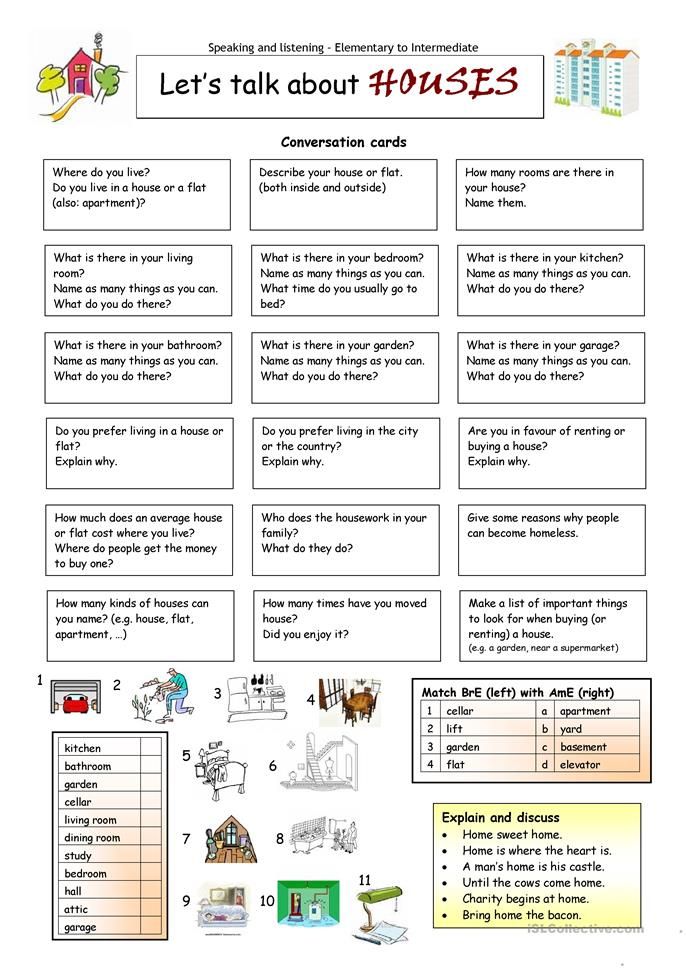 nine0003
nine0003
Lesson Plan:
- 1 How do you test at home?
- 2 How to evaluate reading speed?
- 3 Assessing reading comprehension
- 4 Assessing expressiveness and correctness of reading
- 5 Test reading texts
How to test at home?
Reading test technology at home:
- Choose the right time. The student must be in a good mood and feel normal. nine0165
- Eliminate all distractions: TV, computer, mobile phone.
- Prepare everything you need: a stopwatch (or watch with a second hand) and a book.
- Seat a son or daughter at the table, put a book in front of their eyes.
- Sit down and pick up a stopwatch.
- Say "Start". At this point, the child begins to read.
- Watch the time and at the same time listen carefully, paying attention to expressiveness and possible mistakes. nine0165
- Say "Stop" when the stopwatch counts down to exactly one minute. At this point, stop reading.
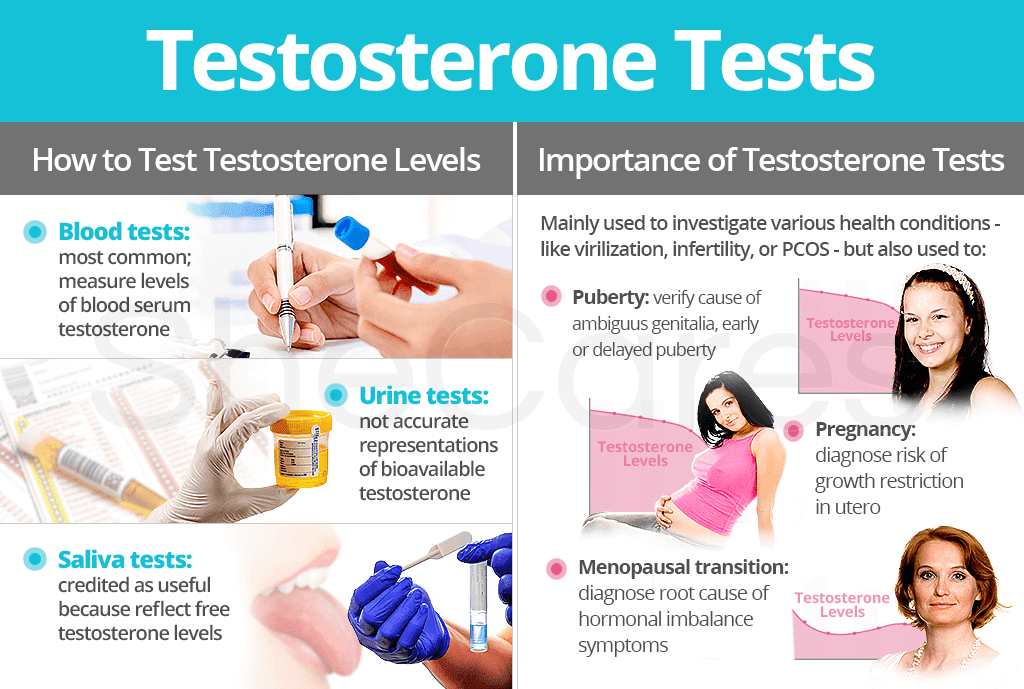
- Go to results evaluation.
The evaluation takes into account the following parameters:
- speed;
- understanding;
- expressiveness;
- correct.
How to evaluate reading speed?
The speed is determined by the number of words that the child managed to read in a minute. It would seem that everything is so simple! But for some reason, after counting the words, the results for different people are different. Why it happens? nine0003
The fact is that not every father and not every mother knows how to count correctly. Let's try with you.
Here's an example. Calculate what the student's reading speed is if in a minute he just managed to read the entire text below.
A long time ago a magician lived on earth. He once took a handful of silver coins
and threw them into the sky. Coins scattered there,
and a star path appeared.
Since then, the starry path has been shining at night for travelers.
For people to rise
grew under the roof of their house not in darkness.
I specifically asked three of my friends to do this. Meet our testees: Mikhail, Tatyana, Olga.
Answer options:
- Mikhail - 37 words.
- Tatyana - 48 words.
- Olga - 43 words.
Well, who is right? And nobody is right. In fact, the speed in this case will be 44 words! What are the mistakes of my comrades?
Mikhail, who counted 37 words, decided that it was not necessary to pay attention to all sorts of conjunctions, prepositions, such as "and", "but", "in", "by". This is mistake! Even such small words count. nine0003
Tatyana, who found 48 words, counted not only conjunctions with prepositions, but also semicolons. And it turned out to be wrong. Periods, commas and other punctuation marks do not count.
Olga, she has 43 words, was closest to the correct answer. But still, she made a mistake. She counted the word "returned", the first part of which is on one line, and the second is carried over to the next one in one word.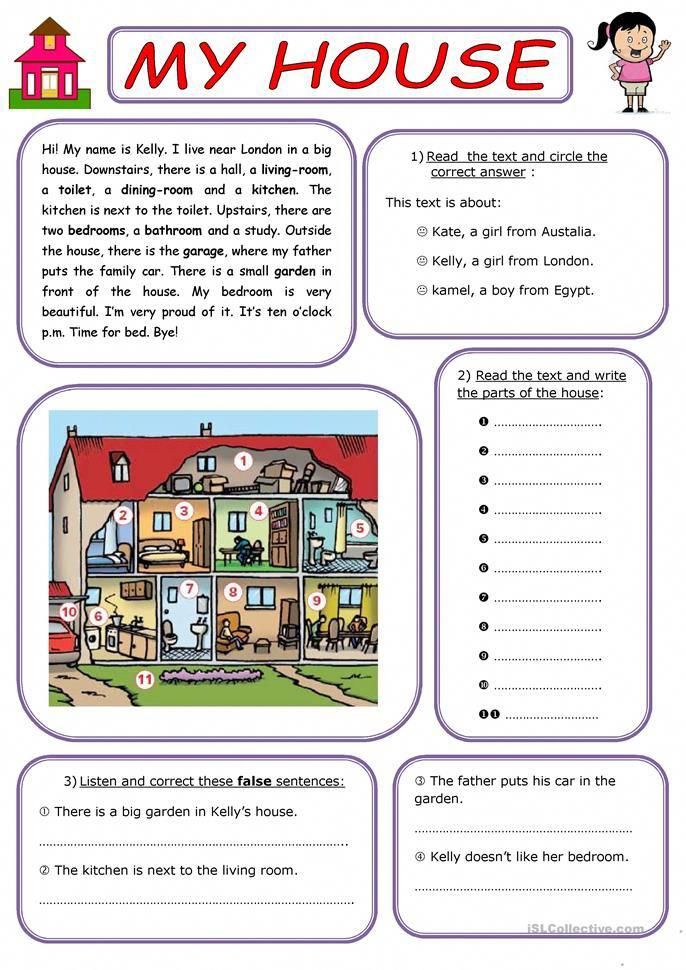 This is not true, if there is a word wrap in the text, then this word is counted as two. nine0003
This is not true, if there is a word wrap in the text, then this word is counted as two. nine0003
Want another test? Please! Read the passage from the story in the following picture and try to count how many words are in it?
The hare lived quietly and had a hare.
Somehow a hare is sitting under a Christmas tree and right there the hare is playing with her.
If I didn't know how to count correctly, I would say that there are 21 words. Someone can get 19 words. Either way, the answers are wrong. There are 20 words here! What's the catch? In words that are written with a hyphen. nine0003
If the word is written with a hyphen, and there are more than three letters on each side of the hyphen, then these two parts of the word are counted separately. That is, in our example, “quietly and quietly” are two words. And the word "somehow" is one.
How do you know if children read fast enough? Or even speed up? This question is answered by the federal state educational standard of elementary general education.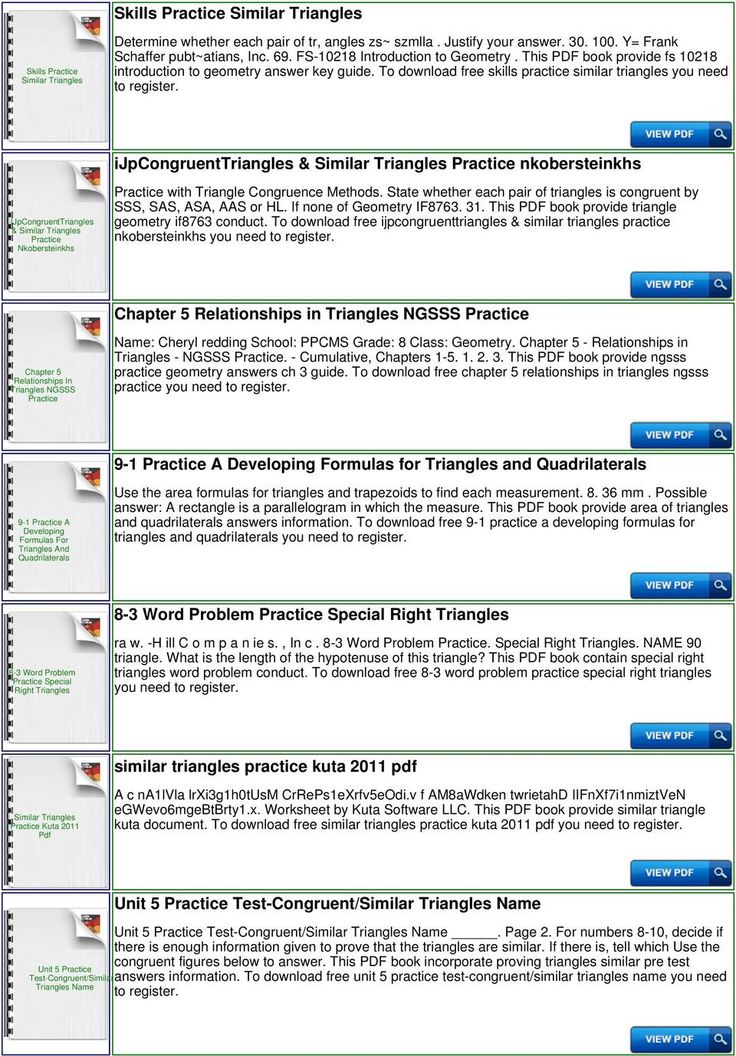 According to the Federal State Educational Standard, by the time of graduation from elementary school, a student should read about 120 words per minute. nine0003
According to the Federal State Educational Standard, by the time of graduation from elementary school, a student should read about 120 words per minute. nine0003
The lowest standards, of course, in the 1st class. When a little schoolboy grows up and moves to the 2nd grade, and then to the third, then the standards grow along with him.
Assessing reading comprehension
It is necessary not only to read fluently, but also to understand what is being said. That is to read consciously. To test comprehension, ask the child two or three questions about the text. You don't need to retell anything. The answers to your questions will suffice.
Evaluate the expressiveness and correctness of reading
When a child reads, listen carefully. Pay attention to expressiveness, the presence of intonational pauses, logical stresses, and mistakes made. You can not stop the child during the check and point out these errors to him. You will deal with them after the check is completed.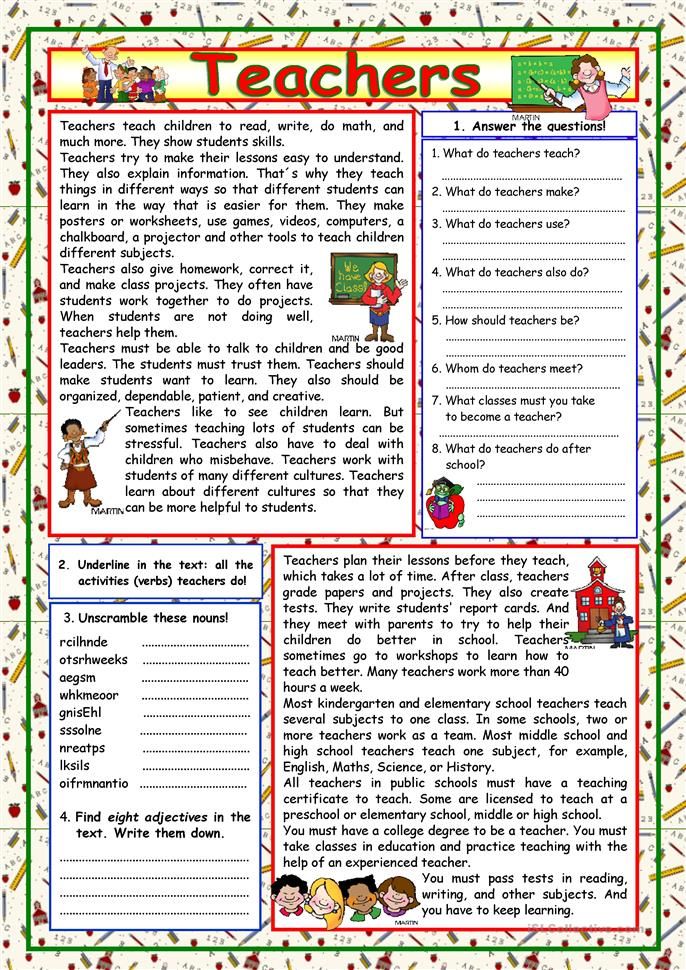 Go back to the "wrong" words and read them again.
Go back to the "wrong" words and read them again.
Test reading texts
Parents may also have problems with test reading texts. No books can be used. For example, take an excerpt from "War and Peace" or, conversely, from a children's book with nursery rhymes, which the child already knows by heart. The evaluation results will be incorrect. nine0003
There are quite specific requirements for texts:
- it must be unfamiliar to the reader;
- must be age appropriate and understandable;
- sentences should be short, without being too confusing;
- is better if it doesn't have dialogues;
- must not include illustrations;
- it must fit on one page;
- it should be printed in large, easy-to-read type. nine0165
Where can I get such an ideal one? In books, of course! For example, a book from the Firefly series is called Checking Reading Technique. It has both texts and reading comprehension questions.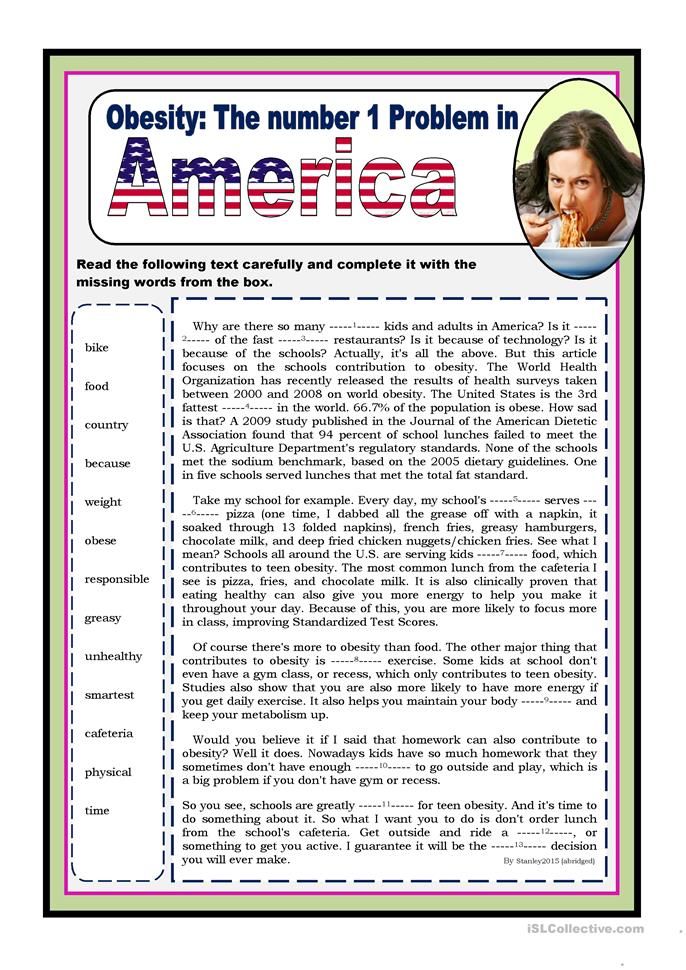
Here is another book. It was created to help primary school teachers, but I think it will suit you and me. It's called Reading. 1 - 4 classes. Texts to test the technique and expressiveness of reading.
If you practice reading at home, be sure to record the results. Either in a sign that can be hung on the wall in front of the desk, or in a special notebook. Your young reader will see his progress, and this will allow him to work even harder and strive for new heights. nine0003
And there is something to strive for! How are you reading at 100,000 words per minute? Do you think it doesn't happen? I thought so too until I saw this video. Meet Nikita Boldyrev!
Dear friends, now you know what to pay attention to when reading at home. I hope this will help you avoid mistakes and approach the issue with confidence and knowledge.
If you have something to add, please write about it in the comments.